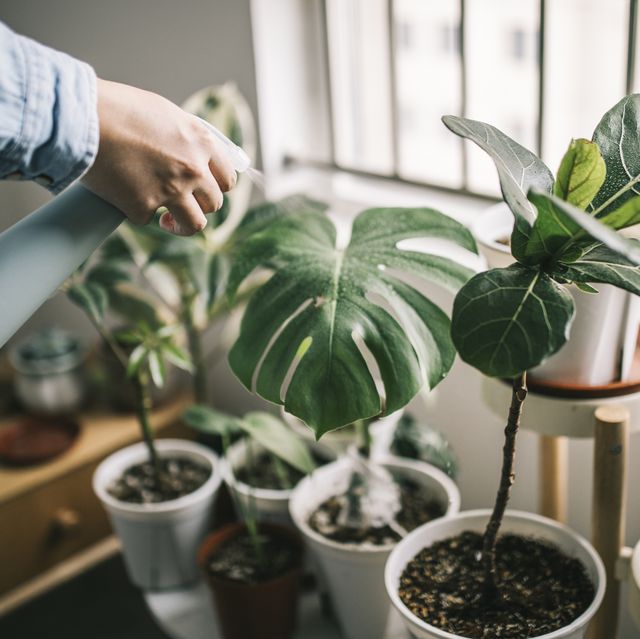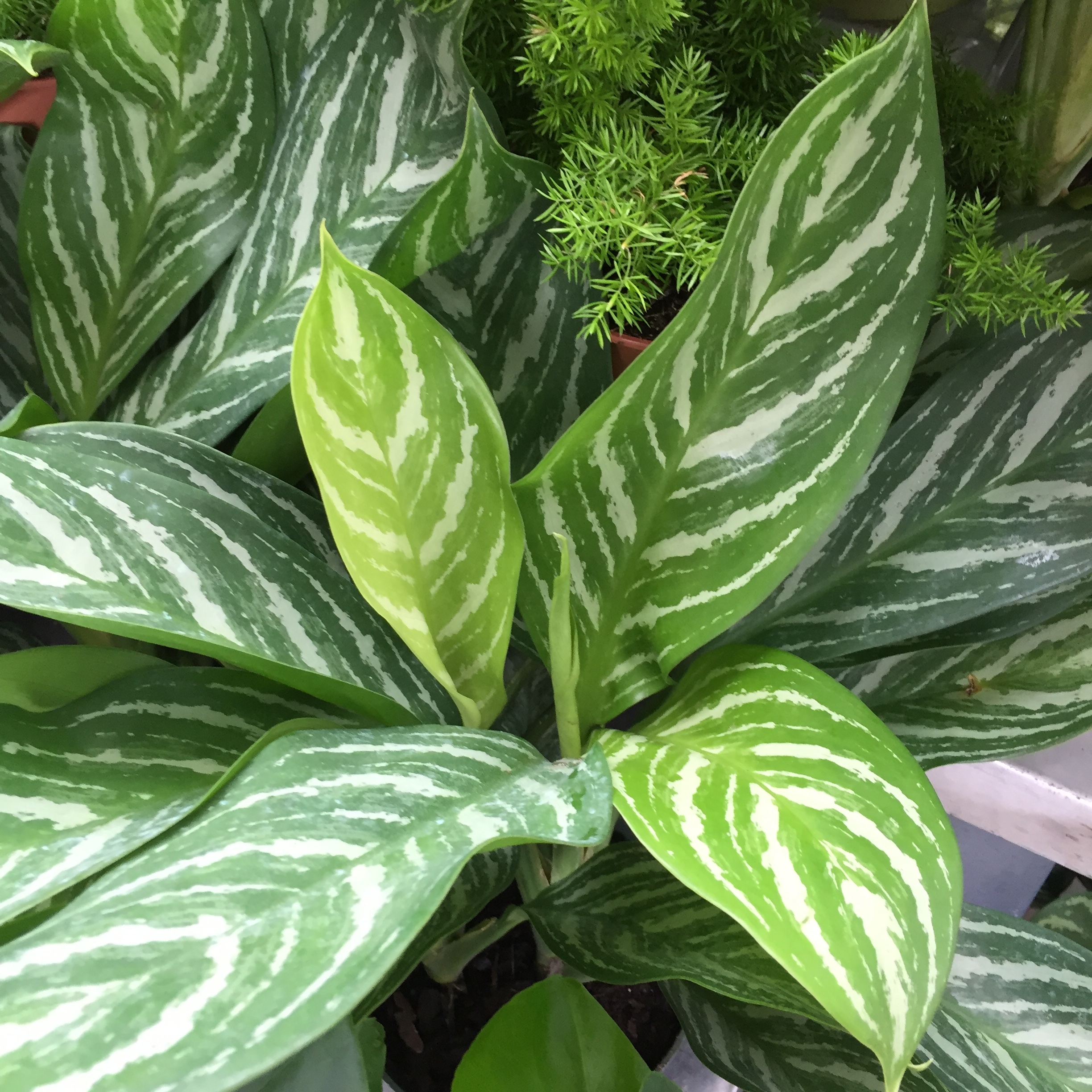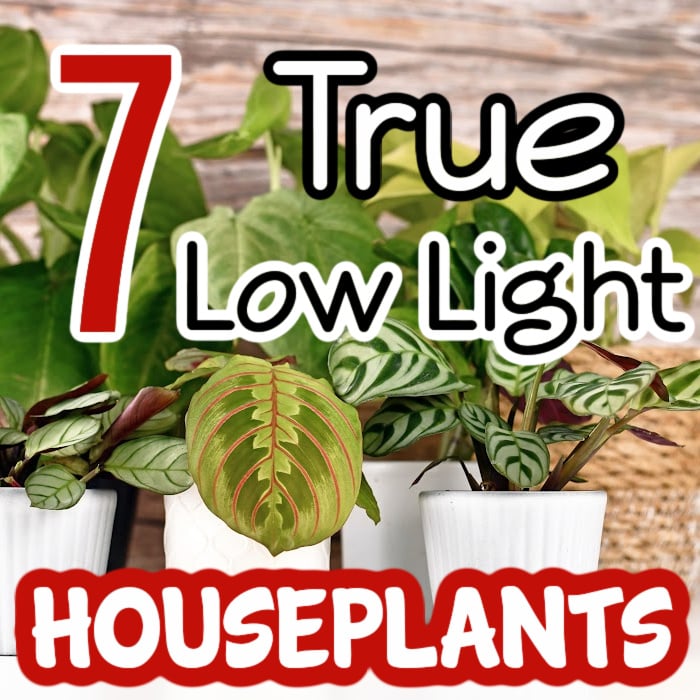The Best Low-Light Indoor Plants to Improve Your Home’s Air Quality
The Best Low-Light Indoor Plants to Improve Your Home’s Air Quality
Blog Article
Discover the Secrets of Low-Light Indoor Plants and How They Enhance Your Atmosphere
Low-light indoor plants have amassed raising focus for their distinct capacity to enhance both visual charm and ecological top quality within offices and homes. These resilient species, including the Snake Plant and Peace Lily, not just flourish in challenging lights conditions yet additionally play a crucial duty in air purification and psychological well-being.
Benefits of Low-Light Indoor Plants
Although lots of people presume that indoor plants call for plentiful sunlight to flourish, low-light interior plants supply a wide range of benefits that make them perfect for numerous settings. Among the key benefits is their versatility; they can prosper precede with limited all-natural light, such as offices, cellars, or rooms with little home windows. This attribute allows people to enhance their surroundings with greenery, adding to improved aesthetics without the need for substantial lighting modifications.
Furthermore, low-light indoor plants can considerably enhance indoor air high quality by releasing and filtering system dangerous toxins oxygen, making living rooms healthier. The visibility of plants has actually been connected to better sensations of peace and focus.
Moreover, low-light plants often require much less upkeep than their sun-loving equivalents, making them suitable for busy people or those new to horticulture. Their durability allows them to flourish with very little treatment, hence supplying a satisfying experience for plant lovers and beginners alike. In recap, low-light indoor plants offer both functional and visual objectives, making them important enhancements to any type of area.
Top Low-Light Plant Varieties
Low-light indoor plants been available in a variety of varieties, each offering distinct attributes and benefits suited for dark environments. Amongst one of the most prominent selections is the Snake Plant (Sansevieria), understood for its air-purifying capabilities and building leaves. This durable plant grows on disregard and can endure a variety of light conditions.
An additional exceptional selection is the ZZ Plant (Zamioculcas zamiifolia), which includes glossy, dark environment-friendly leaves and is extremely drought-tolerant. Its flexibility makes it a preferred for workplaces and homes with minimal sunlight.
The Pothos (Epipremnum aureum) is likewise a leading competitor, with its tracking vines and heart-shaped fallen leaves - Best low-light indoor plants. This functional plant can be educated to climb up or waterfall, adding visual interest to any type of room

Treatment Tips for Low-Light Plants
Taking care of low-light interior plants needs a nuanced understanding of their certain requirements to make sure optimum growth and vigor. It is crucial to choose the appropriate potting mix, as a well-draining soil is crucial to avoid root rot. A mix developed for houseplants, commonly consisting of peat moss and perlite, works well for many low-light selections.
Watering is one more crucial element of treatment. Low-light plants usually require much less frequent watering compared to their sun-loving equivalents.
Fertilizing needs to be come close to with care. Throughout the growing period, a watered down liquid fertilizer can be used monthly, but in winter season, lots of low-light plants enter dormancy and call for little to no fertilizing.
Finally, it is necessary to occasionally clean the leaves to eliminate dirt, permitting far better light this page absorption. By sticking to these care ideas, you can cultivate a growing setting for your low-light indoor plants, improving both their look and long life.
Enhancing Air High Quality With Plants
Interior plants play a significant role in enhancing air top quality within homes and workplace. Through the process of photosynthesis, these plants absorb co2 and release oxygen, adding to a much healthier environment. Furthermore, particular low-light indoor plants have the capability to filter damaging toxins, such as benzene, formaldehyde, and trichloroethylene, which are commonly located in indoor environments.

Furthermore, the visibility of indoor plants can boost moisture degrees, which assists relieve dry skin and breathing issues, additionally enhancing total well-being. This capability to boost air quality not just promotes physical health and wellness yet additionally sustains mental health.
Integrating low-light interior plants right into your living and functioning spaces can lead to an extra invigorating and vivid environment (Best low-light indoor plants). Spending in these natural air cleansers is a basic yet effective strategy for enhancing indoor air quality and promoting a healthier way of living
Developing a Peaceful Indoor Room
The integration of plants into living rooms not only enhances air high quality yet additionally adds to a serene environment. Low-light indoor plants, such as serpent plants and pothos, are especially efficient in producing a peaceful atmosphere, as they prosper in conditions that might or else be unwelcoming for you could try these out various other plant. Their rich vegetation gives a calming aesthetic, lowering stress and advertising leisure.
Incorporating these plants into your home or office can stimulate a feeling of peace and health. Purposefully placing them in areas where you invest substantial time, such as living work areas or areas, permits an immersive experience with nature, which has actually been revealed to improve state of mind and cognitive feature.
In addition, the mild activity of leaves in action to air flow can produce a dynamic visual element that improves the total atmosphere. Take into consideration utilizing a selection of plant heights and textures to add deepness and rate of interest to your room. With thoughtful positioning and treatment, low-light indoor plants can change any area right into a peaceful refuge, promoting not just visual satisfaction but likewise emotional and mental wellness.

Conclusion
Integrating low-light indoor plants right into numerous settings returns significant benefits, consisting of boosted air quality and enhanced aesthetic allure. These hardy types not only thrive in marginal light yet likewise contribute to a calming atmosphere, advertising emotional and psychological health. By choosing suitable selections and implementing appropriate treatment techniques, individuals can effectively cultivate a calm indoor room that cultivates wellness and efficiency. The transformative power of low-light plants underscores their value in enhancing both work and residential setups.
Although numerous people assume that interior plants need abundant sunshine to grow, low-light interior plants offer a multitude of benefits that make them ideal for numerous settings.Moreover, low-light interior plants can considerably boost interior air top quality by launching and filtering system redirected here hazardous contaminants oxygen, making living rooms healthier. In addition, particular low-light indoor plants have the capability to filter hazardous pollutants, such as formaldehyde, trichloroethylene, and benzene, which are frequently found in interior atmospheres.
Low-light interior plants, such as serpent plants and pothos, are specifically effective in creating a peaceful setting, as they prosper in problems that might otherwise be unwelcoming for various other plant.Incorporating low-light interior plants right into numerous settings returns significant advantages, consisting of improved air quality and boosted aesthetic charm.
Report this page